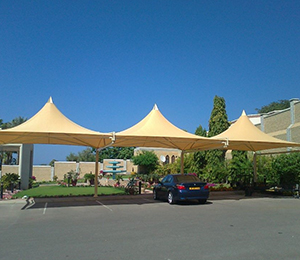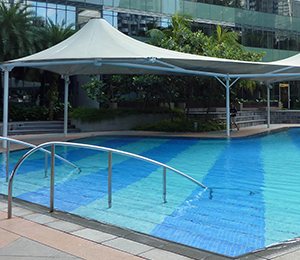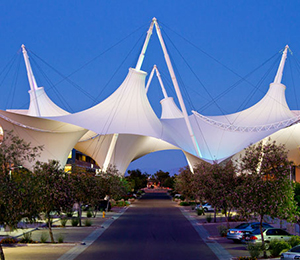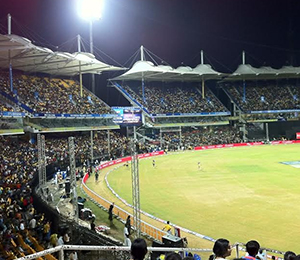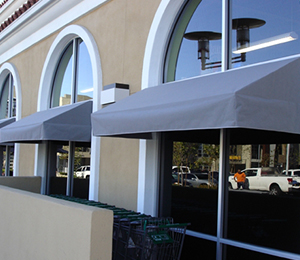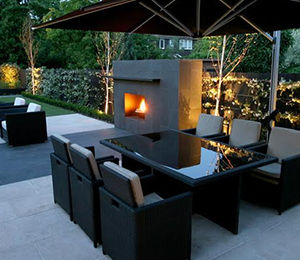What We Do
Welcome to Tensile Architecture! This is the place where you can find a all tensile structure products for all your needs. We manufracture all range of tensile structure for residential orcommercial used like Farmhouse,Hotels, Schools, Restaurants.
We offer a wide range of durable and highly functional tensile structure , tensile carparking structure , canopies, awnings, domes, roller blind, pool side furniture, roller window blinds and others which are fabricated using superior quality raw material steel, PVC, wood, poly carbonated sheets, compact sheets, embossed sheets, multi wall sheets, corrugated sheets and fiber glass that are sourced from reliable vendors. Our all encompassing range includes tensile structure, awning and canopies, walkways coverings and domes, automatic faucet dispenser, pool side furniture, and roller blind..








